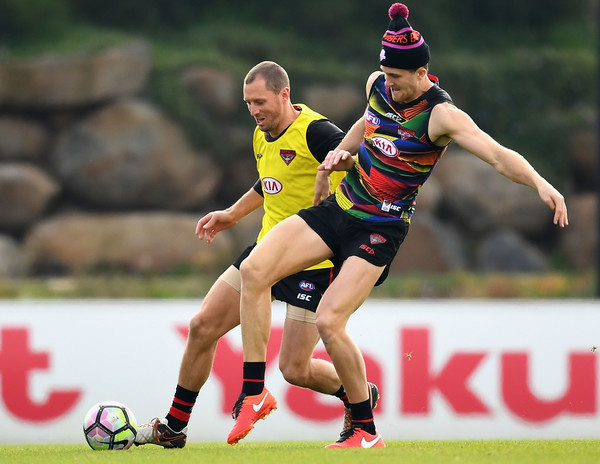Something I ran across has made me see how much we (or some smarter club) can still get an advantage from. The following is just my extract from https://arstechnica.co.uk/science/2017/05/football-data-tech-best-players-in-the-world/
"S.L. Benfica—Portugal’s top football team and one of the best teams in the world—makes as much money from carefully nurturing, training, and selling players as actually playing football. Football teams have always sold and traded players, of course, but Sport Lisboa e Benfica has turned it into an art form: buying young talent; using advanced technology, data science, and training to improve their health and performance; and then selling them for tens of millions of pounds—sometimes as much as 10 or 20 times the original fee.
Let me give you a few examples. Benfica signed 17-year-old Jan Oblak in 2010 for €1.7 million; in 2014, as he blossomed into one of the best goalies in the world, Atlético Madrid picked him up for a cool €16 million. In 2007 David Luiz joined Benfica for €1.5 million; just four years later, Luiz was traded to Chelsea for €25 million and player Nemanja Matic. Then, three years after that, Matic returned to Chelsea for another €25 million. All told, S.L. Benfica raised more than £270 million (€320m) from player transfers over the last six years.
Benfica is one of the most financially successful teams in the world with annual revenues of around €150 million and a healthy net profit. That might sound small compared to Manchester United’s €680 million in revenues, but the Portuguese Primeira Liga is a much smaller league than the top flights in England, Germany, Italy, and Spain. Benfica’s primary domestic competitors, Sporting CP and Porto FC, reported revenues of just €69 million and €76 million and net losses of €32 million and €58 million respectively. All three teams have similar sized stadia, ticket sales, and broadcast licensing deals: it’s Benfica’s mastery of training and selling players that makes all the difference.
At Benfica’s Caixa Futebol Campus there are seven grass pitches, two artificial fields, an indoor test lab, and accommodation for 65 youth team members. With three top-level football teams (SL Benfica, SL Benfica B, and SL Benfica Juniors) and other youth levels below that, there are over 100 players actively training at the campus—and almost every aspect of their lives is tracked, analysed, and improved by technology. How much they eat and sleep, how fast they run, tire, and recover, their mental health—everything is ingested into a giant data lake.
With machine learning and predictive analytics running on Microsoft Azure, combined with Benfica’s expert data scientists and the learned experience of the trainers, each player receives a personalised training regime where weaknesses are ironed out, strengths enhanced, and the chance of injury significantly reduced.
To begin with, Benfica is mostly looking towards machine learning as a way of validating the stress and fatigue models that the squad has developed through almost 10 years of data collection, data science, and trial and error.
The ultimate goal, though, is to develop an accurate injury prediction model—a tool that can predict how far a player can push themselves before they suffer an injury, which type of injury is likely to be sustained, and how long that player might be out of commission. From there, players can receive a personalised training programme that hopefully reduces the risk of injury. On the coaching side, the same data might be used to keep an at-risk-of-injury player on the bench for a couple of games, or to switch out the player mid-game before they get physically exhausted."
There is lots, lots more in the original article.
